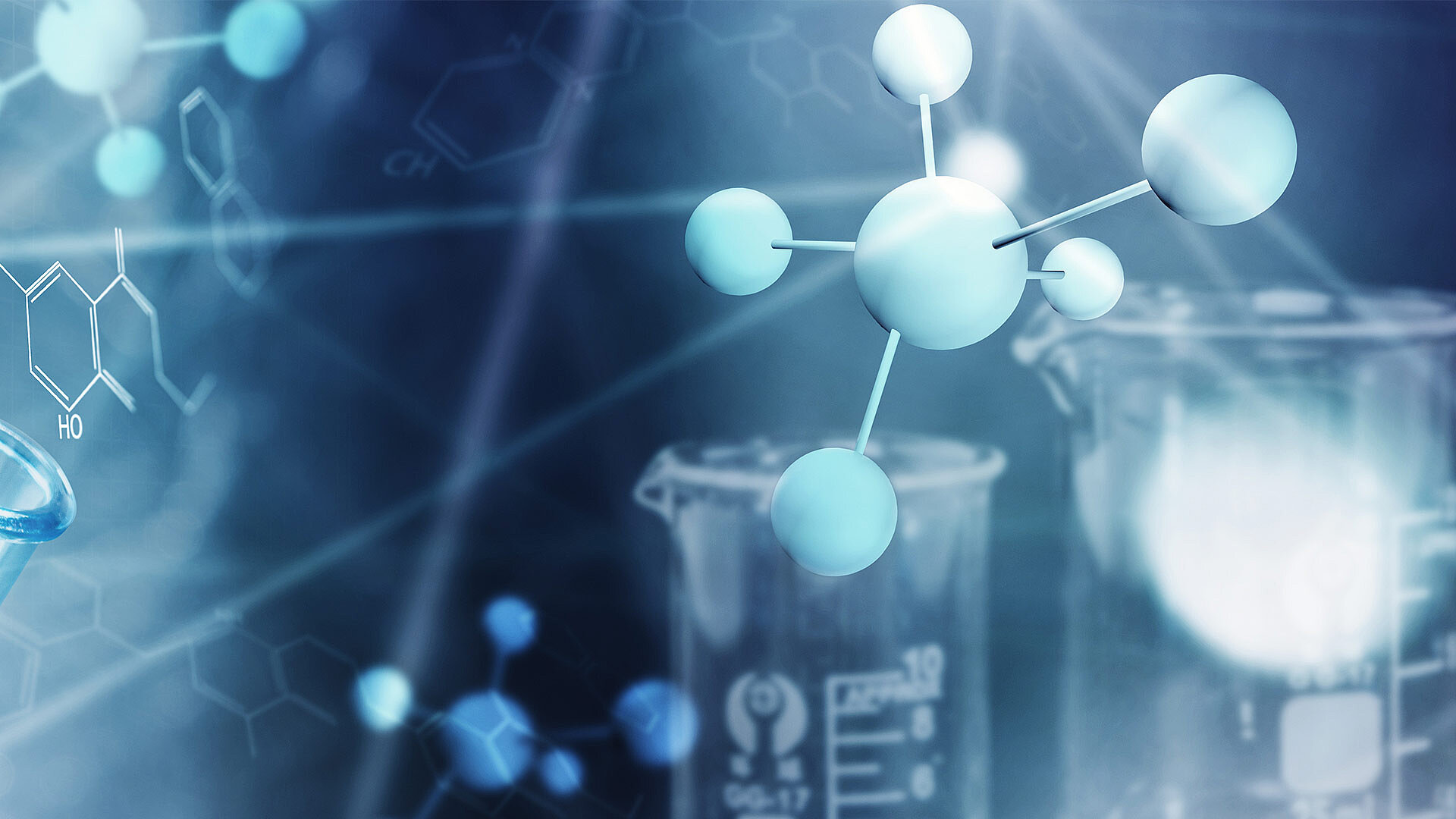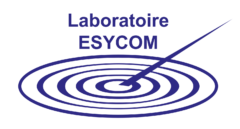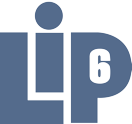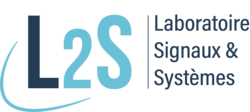
Laboratories
ESIEE Paris research is structured around three partner laboratories and associated laboratories
Partner laboratories
As a member school of Université Gustave Eiffel, ESIEE Paris is highly involved in the three UMR CNRS laboratories (LIGM, ESYCOM, LISIS) on the Paris - Descartes campus, where the majority of its faculty members perform their research.
in the Paris-Est region, including ENPC and UPEC, the east Ile-de-France community of higher education and research, Paris-Est Sup, provides a natural setting to develop collaborative research around our three thematic areas (Sustainable City, Health and Innovation)
ESYCOM - Electronics, communication systemes and microsystems laboratory - UMR CNRS 9007
CNRS, Université Gustave-Eiffel

The ESYCOM laboratory has recognised expertise in the areas of engineering for communication systems, sensors and microsystems, skills which are combined in projects undertaken at the laboratory dedicated to “communications systems and sensors for cities, the environment and humans”.
ESYCOM develops research organised around the following themes:
- Communication systems
- Micro-sensors
- Micro-sources of energy
- These themes are based on the following transversal skills and expertise:
- Technological processes
- Modelling
- Characterisation
ESYCOM is a multi-institutional unit that combines faculty members from Université Gustave Eiffel (including ESIEE Paris), CNRS and CNAM. It is attached to the Paris-Est Sup Mathematics and ICTS Doctoral School, as well as the Paris-Est Sup Science, Engineering and Environment Doctoral School.
LIGM - Gaspard Monge computer science laboratory - UMR CNRS 8049
CNRS, Université Gustave-Eiffel, Ecole des Ponts Paris Tech

LIGM is a computer science laboratory in theoretical and applied science, structured around five research teams:
- Algorithms, architectures, image analysis and infographics
- Algebraic combinatorics and symbolic computation
- Software, networks and real-time
- Models and algorithms
- Signals and communications
LIGM is a multi-institutional unit that combines faculty members from Université Gustave Eiffel (including ESIEE Paris), CNRS and ENPC. It is attached to the Paris-Est Sup Mathematics and ICTS Doctoral School.
It belongs to the LabEx laboratory of excellence: “Bézout - Models and algorithms, discrete to continuous”. It is part of the “Major Research Domain” network (Ile-de-France Network of Mathematics PhD Research - RDM Ile-de-France).
LISIS - Interdisciplinary science, innovation, society laboratory - UMR CNRS 9003
INRA, UGE, CNRS, ENPC

LISIS is an interdisciplinary research laboratory dedicated to the study of science and innovation in society. The aim of its research is to understand the social and political transformations related to scientific and technical innovation in our relationship with the environment, economic globalisation and digitalisation of social and professional spheres.
LSIS is structured around four thematic areas:
- Innovations and transitions
- Knowledge, organisations, work
- Knowledge and governance of science and technology
- Digital research ifris.org/fiche/lisis/
LISIS is a multi-institutional unit that combines faculty members from Université Gustave Eiffel (including ESIEE Paris), CNRS, INRA and ENPC. It is attached to the Paris-Est Sup Organisations, Markets and Institutions Doctoral School.
Associated laboratories
Because of the wide range of research developed by the school’s faculty members, some are led to work with laboratories that correspond to their scientific theme: We have agreements with the following laboratories.
LIED, Paris-Diderot

The interdisciplinary laboratory of energies of the future (LIED) is a joint research unit (UMR 8236) that tackles the theme of energy transitions.
http://www.lied-pieri.univ-paris-diderot.fr/ (in french)
LIRG, Marne-la-Vallée

The management research institute of université de Paris-Est is a research unit that brings together all faculty members working in the disciplines of management science.
LIP6, Paris 6

The Computer Science Laboratory of Paris 6 is a joint research unit of Sorbonne Université and the National Centre for Scientific Research (UMR 7606 Sorbonne Université - CNRS), dedicated to modelling and resolving fundamental problems driven by applications.
https://www.lip6.fr/ (in french)
LSS, CentralSupélec

The Laboratory of Signals and Systems (L2S) is a joint research unit (UMR 8506) of CNRS, CentraleSupélec and Université Paris-Saclay. The research carried out at L2S focuses on aspects of fundamental and applied mathematics of control theory, signal and image processing and information and communications theory.
LISSI, UPEC

The Laboratory of Images, Signals and Intelligent Systems (LISSI) is a team belonging to Université Paris Est Créteil (EA N ° 3956). LISSI develops multidisciplinary, theoretical and applied research, in the sector of information and communication science and technology, particularly artificial intelligence.
Scientific interest groups (GIS)
ESIEE Paris is also associated with two scientific interest groups in Ile-de-France
IFRIS - Ile-de-France Research, Innovation and Society Institute
UPEM, CNRS, INRA, Sciences Po, Ecole des ponts, EHESS, ESIEE Paris

IFRIS is a collaborative institute on research, innovation and society. IFRIS is a consortium of research units created in 2007 that studies questions related to interactions between science, technology and society, as well as research and innovation policies.
GIS eSys - Systems Electronics - Ile-de-France
CNRS, Supelec, Télécom Paris Tech, ISEP, Paris XI, Paris VI, UPMC, ESIEE Paris
GIS eSys brings together around a hundred faculty members and PhD students working on analogue electronics, mixed-signal electronics and microsystems. This research responds to concerns around the very rich environment of industrial electronics and offers an opportunity to reflect on new forms of education in electronics.